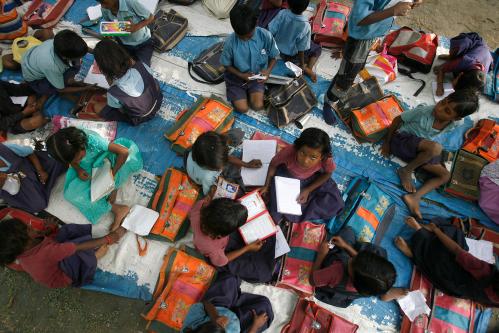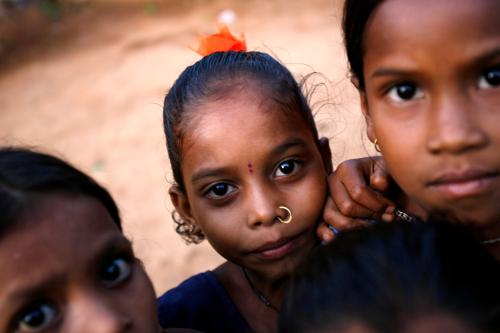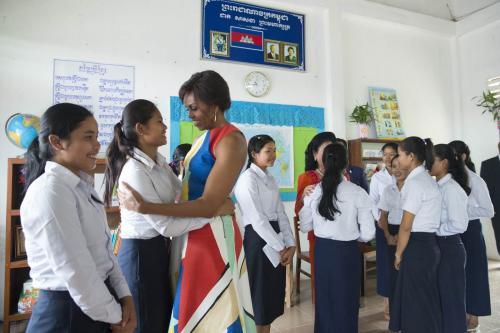Afghanistan illustrates how a country emerging from decades of war and in a continued state of conflict can have, together with its donors, a will to prioritize education. Afghanistan is a success story in increased availability of education and in the number of children attending school, girls included. Building up a management structure to handle such a rapid expansion of the education system, while simultaneously improving and maintaining quality, is a massive challenge. At the same time, the government and the international community are faced with tasks of ensuring the collection of accurate data for reporting and planning, the training and development of a sufficient number of qualified teachers, and the provision of a monitoring, evaluation, and assessment system for education quality.
The Afghan Ministry of Education estimates that there are presently 8.4 million students (39 percent of which are girls) in primary and secondary schools, an impressive increase from an estimated 1 million students in 2001. However, around 3.3 million children (about 32 percent of the school-age population), the majority of which are girls, remain out of school. Limited education among adults in Afghanistan poses a significant challenge—the share of the population over 25 years that has completed any level of formal education is less than 7 percent for men and just 3 percent for women.
Major inequities persist within the Afghan education system, including based on gender, geographic location, and language. Afghanistan has the highest level of gender disparity in primary education in the world, with only 71 girls in primary school for every 100 boys. Only 21 percent of girls complete primary education, largely due to cultural barriers, such as early marriage and a lack of female teachers. Further barriers are embodied in long and dangerous routes to schools and a lack of sanitation facilities and surrounding walls once there. There are also major differences in enrollment between rural and urban areas, with girls from rural poor families being most affected.
The Afghan education sector is confronted with numerous bottlenecks in its efforts to improve education. “Supply side” issues include the government’s inability to provide security, limited human resources, poor infrastructure, and lack of trained teachers and teaching materials. On the demand side, economic factors and cultural barriers limit improvement. It is estimated that more than 10 percent of the schools are closed due to insecurity, warfare, and targeted destruction. More than half of schools are in tents, mosques, and private homes. Despite a lack of infrastructure, classes are held outdoors or in other venues.
Afghanistan is presently the world’s second largest recipient of official development assistance (ODA) and is dependent on external donors to maintain and develop its education sector. The expected reduction in external funding and the ability of the Afghan government to maintain its own revenue generation are causes for concern. Without sufficient resources, gains made since 2001 could easily be overturned or reversed.
In a recent paper prepared for the Oslo Education Summit held in July, I describe a number of key opportunities for action in Afghanistan’s education sector, particularly to improve education for girls and increase education quality. Among these are opportunities to strengthen and develop teacher training, increase the number of qualified teachers, and assess if and how the NGOs and community-based organizations might take on a larger role in the education sector.
Equally important is to strengthen the Ministry Of Education in order to improve education quality and better manage the growing number of students. In particular, these efforts should focus on enhanced data collection and management systems, improved coordination, establishing mechanisms for competency-based hiring, and strengthening linkages and collaboration across ministries.
One still cannot overlook the continued challenges posed by insecurity in several parts of Afghanistan as well as community reluctance to send girls to school. Engaging parents and communities in dialogue is key to generating support and resources for education at the local level. If they can see the benefits of education, as well as participate in school management committees and maintenance, parents are much more likely to see schools as a safe environment and keep girls in school.
Integrating these suggestions into government, community, civil society, and donor partnerships can contribute to significant improvements in education for Afghan children, particularly girls.








Commentary
Expanding and improving the quality of girls’ education in Afghanistan
August 19, 2015